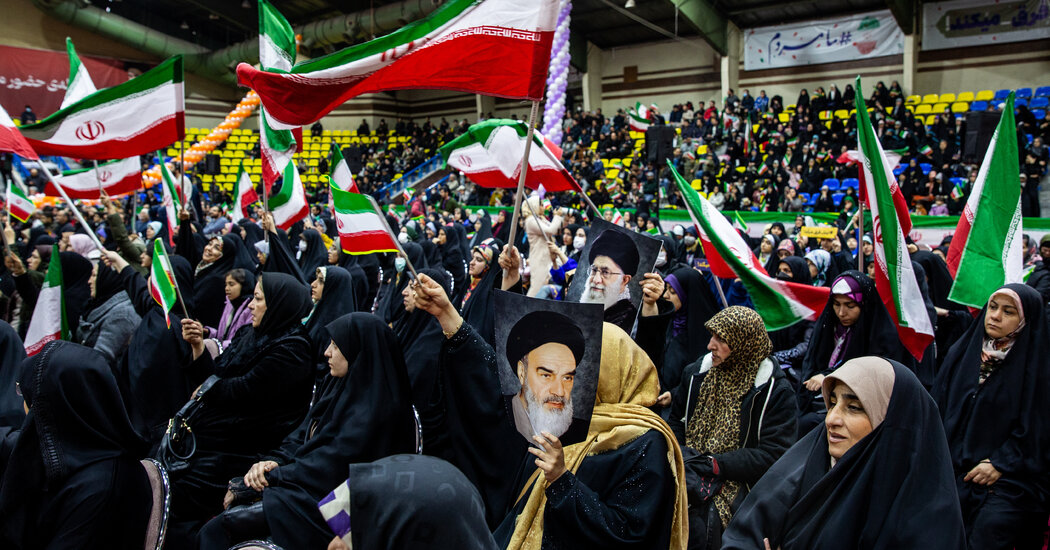Table of Contents
Why does this election matter?
Iran is holding parliamentary elections on March 1, the first general vote since an uprising, led by women and girls, swept across the country in 2022, calling for an end to the Islamic Republic’s rule. The government violently crushed the protests, but demands for change endure and many Iranians view boycotting the vote as an act of protest.
Election turnout is expected to be low, especially in the capital, Tehran, and other major cities, according to the government’s own polls cited in Iranian media. The election is important because voter turnout is viewed by both supporters and critics of the government as a barometer for legitimacy. Opponents say they are sitting out the vote to signal that they no longer believe meaningful change can come through the ballot box under the current system.
There is a separate election on March 1 for electing members of an 88-seat body called the Assembly of Experts. Iran’s Constitution mandates that the assembly select the supreme leader, the highest clerical authority, who has the last word on all key state matters and serves as the commander in chief of the armed forces. The assembly also functions as an advisory body to the supreme leader and can supervise or dismiss him, although it has never done so.
The current supreme leader, Ayatollah Ali Khamenei, is 84 years old and has been in his role for more than three decades. It is largely expected that the next assembly will choose his successor.
Are elections fair and free in Iran?
Elections in Iran are not considered fair and free, according to critics and human rights groups, because of the murky process of vetting candidates and mass disqualifications by the Guardian Council. The council is accused of engineering elections, both presidential and parliamentary, because it essentially removes the element of choice from the public and limits their picks to candidates it deems fit for office.
Iran’s elections were once competitive, with candidates from all the major political parties on the ballot. The results were unpredictable and participation was high. But in the last few years, voters have only been given conservative candidates to choose from.
In the upcoming parliamentary election, the names of the final candidates were announced less than two weeks before the March 1 vote, and campaigning began 10 days prior to it. For Iranians who plan to vote, there is little time to learn about the candidates and understand the issues they plan to address once elected. For those boycotting the vote, the last-minute announcement of candidates and rushed campaigning are more reasons to consider the elections neither free nor fair.
Who is running for Parliament?
The candidates must all be vetted and approved by a 12-member appointed clerical body called the Guardian Council, which has disqualified a range of candidates, from independents to centrists to nearly all the names put forth by the reformist political faction. The Reform Front, the coalition of reformist parties that generally favor more social freedom and engagement with the West, announced it had no candidates in this election and called it “meaningless, noncompetitive and ineffective elections.”
The majority of the 15,200 candidates allowed to run hail from the conservative political parties. They are running to fill Parliament’s 290 seats that each hold a four-year term. The candidates include 1,713 women, which is more than double the number that ran in the last parliamentary elections in 2020.


